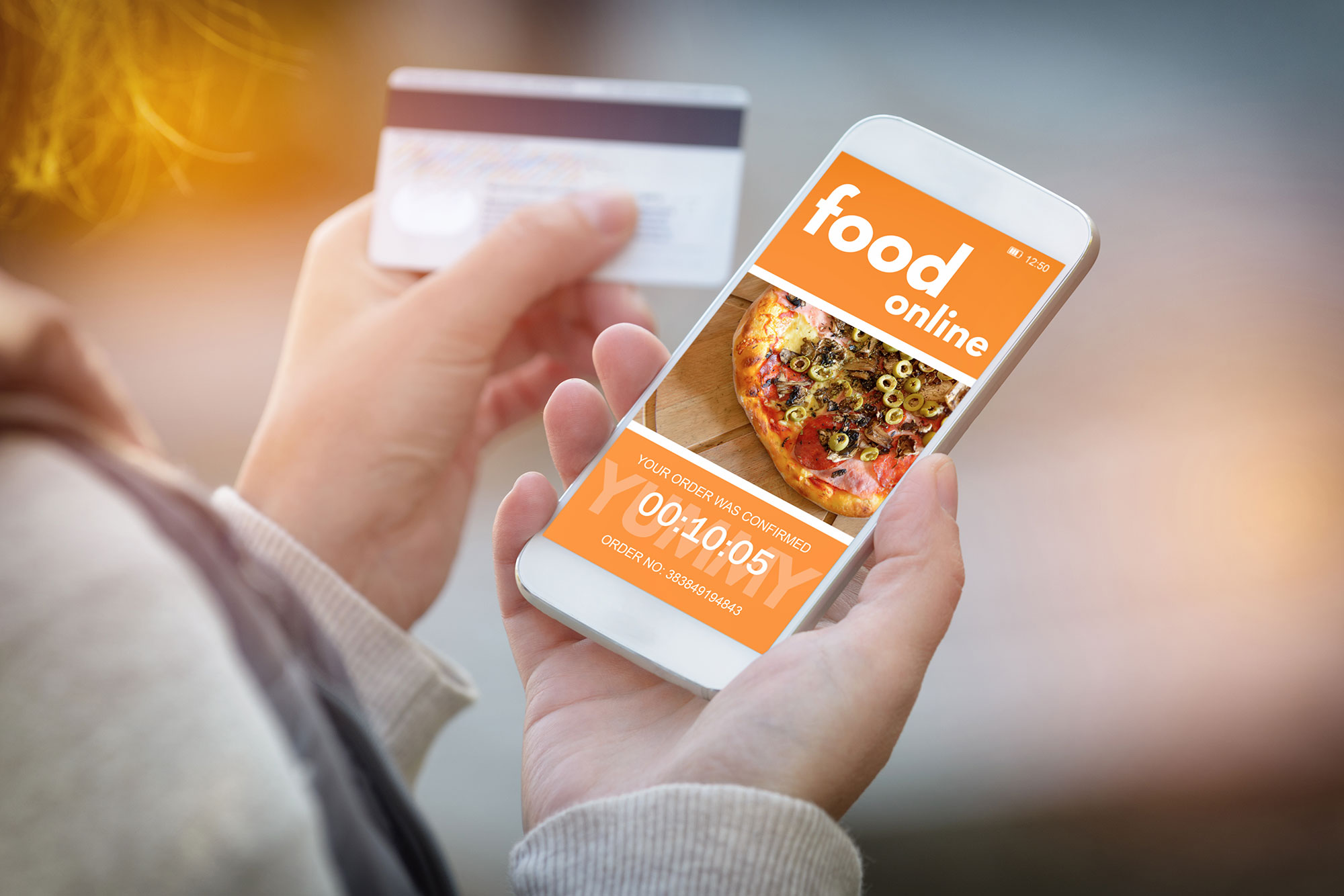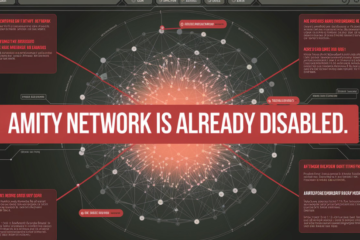Online food ordering systems are a must-have for busy people and eateries alike in today’s modern society. In addition to improving operational efficiency and consumer happiness, these solutions help simplify the ordering process. You have come to the correct spot if you have ever desired to know the inner workings of these systems.
This article covers online food ordering systems from consumer contact to meal delivery.
Customer Interaction
The customer is the first step in an online food ordering system’s trip. This is what usually happens, broken down into steps:
Choosing a Platform
Most of the time, customers begin by picking a platform to place their orders. This can be done through the restaurant’s website or mobile app, or it can be done through a third-party service. Which platform is chosen depends on what the customer wants and which platforms the restaurant is available on.
Browsing the Menu
People look through the choices once they’re on the chosen platform. A lot of the time, this digital menu has high-quality pictures, thorough descriptions, and prices. Users can narrow down the things they see by category, diet, or special offers.
Customizing Orders
Customers can make their orders unique by leaving extra directions, picking out specific toppings, or switching things around. This feature for customizing is very important for meeting the needs of people with different tastes and dietary limits.
Adding to Cart and Checkout
Customers choose what they want and then add it to their virtual cart. During checkout, you’ll enter shipping information, choose a payment method, and look over a summary of your order. A lot of systems let users save their payment information for later use, which speeds up the process for people who buy from them more than once.
Backend Processing
The back end of the online food ordering system starts working as soon as the customer makes their order. How the system handles the order is as follows:
Order Transmission
Details of the order are sent in real-time to the kitchen or order control system of the restaurant. Most of the time, an integrated system or a separate tool for managing orders makes this easier. Staff at the restaurant are sent notifications so they know about new orders right away.
Order Management
An order control system helps restaurants keep track of the orders that come in. This method sorts orders by things like the time the order was placed, where it needs to be delivered, and how long it takes to prepare. It makes the kitchen run more smoothly by giving jobs to different employees and making sure that every order is ready quickly.
Preparing the Order
The kitchen staff gets the order information and starts making the food. For better management of kitchen work and on-time preparation, the system may give real-time updates on the state of orders.
Quality Control and Packaging
Quality control checks the order several times before it is given to a delivery person or customer. This makes sure that the food is made exactly how the customer wants it and is safely packed for delivery.
Delivery Process
An important part of the online food ordering method is the delivery process. In general, this is how it works:
Assigning Delivery Drivers
A delivery driver is given the order as soon as it’s ready. When a place has its delivery staff, the information about the order is sent to them. For third-party delivery services, the system lets nearby drivers know about the delivery request, and those drivers can then take it.
Route Optimization
Route optimization systems help delivery drivers find the fastest and most efficient way to get to the customer. This cuts down on shipping time and makes it easier to handle many orders at once.
Real-Time Tracking
People can check on their order at any time through the online tool. This tool lets customers know what’s going on with their orders and where the delivery driver is, which makes things more clear and calms them down.
Delivery and Confirmation
The order is delivered as soon as the driver gets to the customer’s spot. Contactless delivery is a possibility on a lot of systems. This means that the driver leaves the package at the door and confirms delivery through an app. Through the platform, customers can also rate or give comments on their experience.
Payment and Post-Delivery
The last steps in buying food online are paying for it and doing things after delivery:
Payment Processing
There are safe payment gateways used to handle payments. Customers can pay in several ways, such as with cash on delivery, credit or debit cards, or digital wallets. Safe transactions and the protection of private data are made possible by the payment system.
Order History and Reordering
After getting their order, customers can look at their order history on the app. With this feature, they can quickly reorder their favorite things or make the same order as before, without having to look through the menu all over again.
Customer Feedback
Users need to be able to give comments on systems for buying food online. Customers are asked to rate and write reviews based on what they have seen and done. This feedback helps companies get better at what they do and tells them things that will help customers in the future.
The Impact and Future of Online Food Ordering Systems
Computer programs that let you order food online have changed the way you eat. They are easy to use, quick, and provide a personalized experience that makes customers happier. If you know how these systems work on the inside, you can appreciate the technology and logistics that make eating out easier and more enjoyable.
As you can see, online food ordering systems are a great example of how technology can be used to make eating out easier and faster. These systems have changed how you get your meals and enjoy them by making the buying process easier and the service better.
Keep an eye for more latest news & updates on Web of Buzz!




